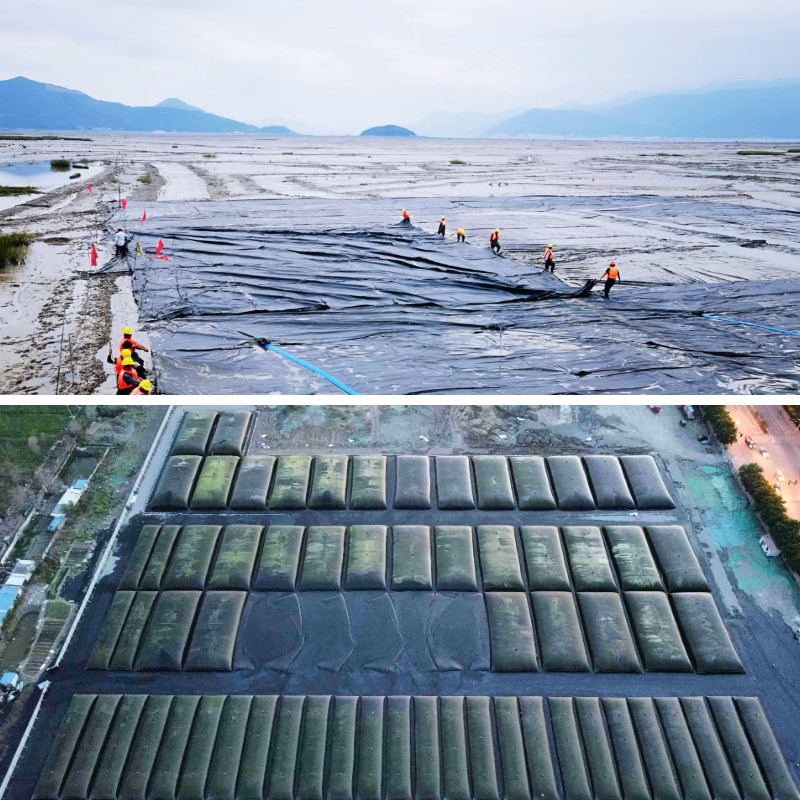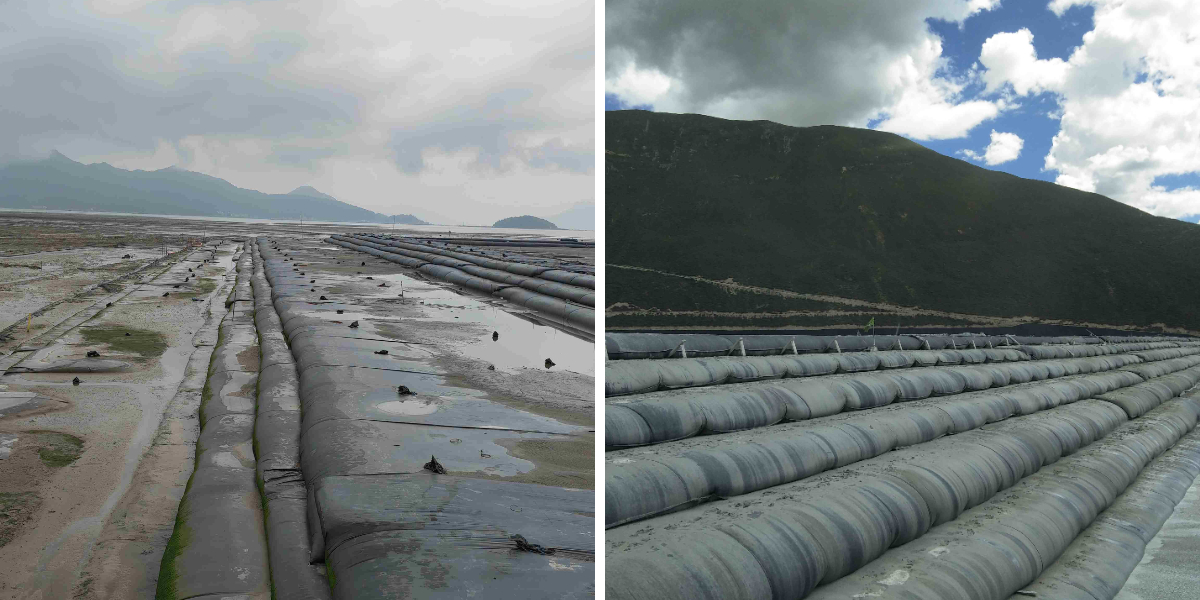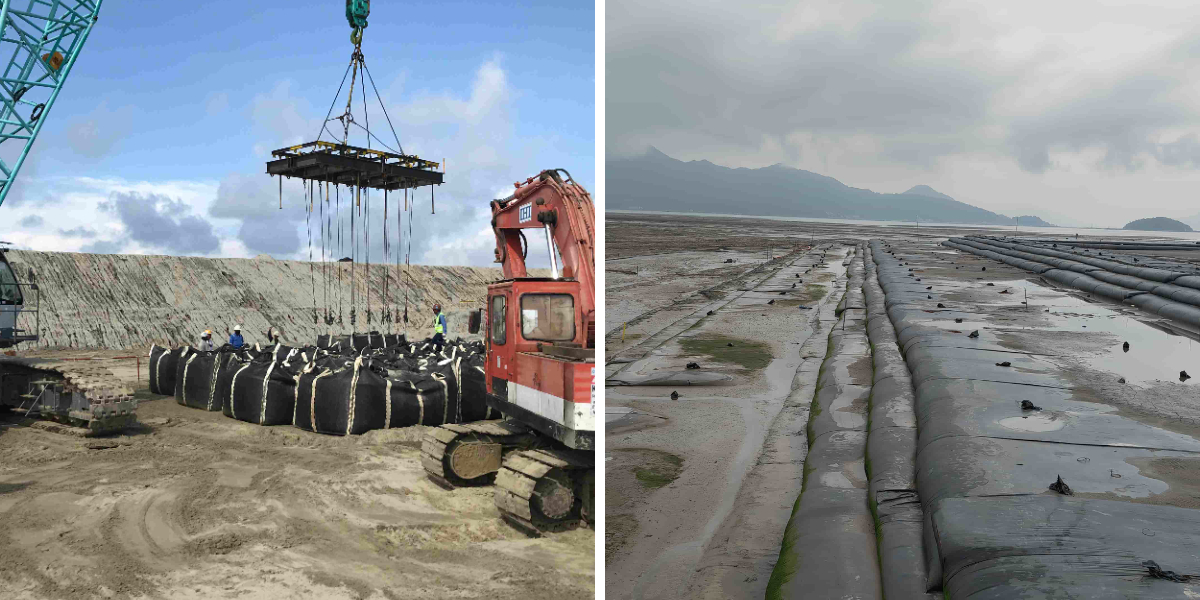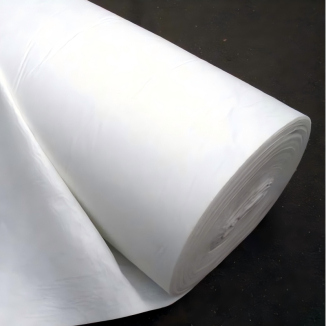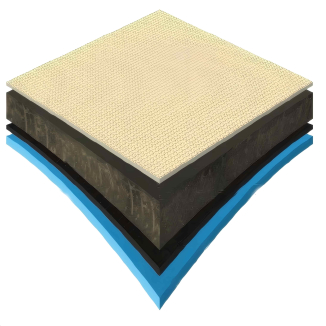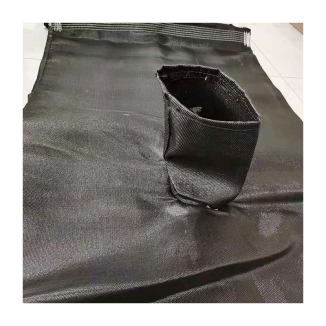Using Geotextile Tubes for Sludge Dewatering in Wastewater Treatment
Introduction: The Growing Need for Efficient Sludge Management
Wastewater treatment vegetation (WWTPs) generate lots and lots of thousands of sludge annually, a byproduct containing water, herbal matter, and chemical residues. Traditional disposal methods—landfilling, incineration, or agricultural reuse—face challenges like immoderate transportation costs, secondary air air pollution risks, and regulatory restrictions. Sludge dewatering, the machine of decreasing moisture content material fabric to minimize volume, has emerged as a imperative step in sustainable waste management. Among dewatering technologies, geotextile dewatering tubes and Sludge Dewatering Bags stand out for their cost-effectiveness, environmental benefits, and adaptability to a number of applications. This article explores how these constructions work, their advantages, and real-world case lookup demonstrating their efficacy.
How Geotextile Tubes and Sludge Dewatering Bags Work
1. Material Composition and Design
Geotextile tubes are engineered from high-strength polypropylene (PP) or natural fibers like jute, with pore sizes ranging from 0.07 mm to 0.5 mm. Their woven structure approves water to permeate at the same time as maintaining solids, performing as a passive filtration system. Sludge Dewatering Bags, a smaller variant, share the equal cloth homes on the other hand are designed for low-volume applications, such as dredged sediment containment or industrial slurry management.
The tubes are cylindrical and customizable in measurement (up to a hundred meters) and diameter (2–6 meters), enabling scalable deployment. For example, Anhui Zhonglu Engineering Materials Co., Ltd. produces tubes with breaking strengths of 70–200 kN/m, suitable for heavy-duty duties like coastal reclamation or tailings dam construction.
2. Dewatering Mechanism
The method entails three stages:
Filling: Sludge or mud is pumped into the tube/bag the use of a slurry pump or grouting machine.
Consolidation: Gravity and capillary action drain water with the aid of the geotextile, even as solids settle inside.
Drying: Over weeks or months, residual moisture evaporates, reducing extent by way of up to 80%.
Chemical conditioning is oftentimes utilized pre-filling to decorate performance. Polymers like polyacrylamide destabilize colloidal particles, forming giant flocs that settle faster. A 2025 discover out about on WWTP sludge confirmed that polymer-conditioned sludge carried out 65% moisture cut price in geotextile tubes versus 45% without conditioning.
Key Advantages of Geotextile-Based Dewatering
1. Cost Efficiency
Compared to mechanical dewatering equipment (e.g., centrifuges, belt presses), geotextile buildings require minimal capital funding and operational costs. A 2023 assessment with the aid of NETICS BV in the Netherlands located that the use of jute-based tubes for dredged sediment dewatering lowered charges by way of way of 40% in distinction to synthetic alternatives, mainly due to reduce fabric costs and electricity savings.
2. Environmental Sustainability
Reduced Carbon Footprint: No energy-intensive strategies are desired previous preliminary pumping.
Circular Economy Integration: Dewatered solids can be repurposed as improvement fill, topsoil, or brick-making material. For instance, Rotterdam’s water board reused 15,000 hundreds of dewatered sediment from port dredging for land reclamation projects.
Biodegradable Options: Emerging natural-fiber tubes (e.g., jute, hemp) handle microplastic air pollution concerns. A 2025 consortium trial tested that jute tubes maintained 85% tensile power after six months of use, proving feasible for short-term projects.
3. Operational Flexibility
Geotextile tubes adapt to various terrains—coastal zones, industrial sites, or remote areas—without requiring regular infrastructure. They moreover cope with sludge with immoderate solids content material fabric (5–15%) and a number of particle sizes, from first-rate silt to coarse sand.
Real-World Applications and Case Studies
1. Dredged Sediment Management in the Netherlands
The Dutch water boards, aiming for 50% spherical beneficial aid use through ability of 2030, deployed geotextile tubes to dewater sediment from the Rotterdam Port. Using jute tubes stuffed with 10,000 m³ of sludge, the venture achieved:
70% extent cut price in ninety days.
95% retention of heavy metals (e.g., zinc, copper) internal the tube.
Repurposing of dried sediment for dike reinforcement.
2. Industrial Slurry Dewatering in China
Sichuan Groupeve Co., Ltd. furnished PP-based Mud Dewatering Bags to a steel plant in Chengdu to deal with blast furnace slurry. The bags, rated for 70 kN/m tensile strength, processed 5 hundred m³/day of slurry with 12% solids content, yielding a hundred and eighty m³/day of easy water and 320 m³/day of dry cake for brick production.
3. Wastewater Treatment Plant Optimization in Brazil
A 2017 study about with the resource of Livia Avancini and Delma Vidal optimized geotextile tube plan for WWTP sludge in Santiago, Chile. By checking out pore sizes (0.1–0.3 mm) and filling costs (2–5 m³/hour), they achieved:
60% moisture cut price in 30 days.
30% minimize chemical utilization in distinction to standard methods.
Design Considerations for Optimal Performance
1. Material Selection
Synthetic Fibers: PP tubes swimsuit long-term initiatives (5+ years) with immoderate tensile demands.
Natural Fibers: Jute or hemp baggage are best for short functions (6–12 months) the area biodegradability is prioritized.
2. Sizing and Layout
Diameter-to-Height Ratio: Fill tubes to 66% of their diameter to end rupture.
Spacing: Allow 1–2 meters between tubes for drainage and maintenance access.
3. Chemical Conditioning
Polymer dosage expenses be counted on sludge characteristics. A 2025 patent via way of Li Xianwang et al. delivered a pre-stirring method that reduced polymer use via the use of 20% even as bettering floc stability.
Challenges and Future Innovations
1. Natural Fiber Durability
While jute tubes degrade interior 1–2 years, UV publicity and microbial challenge can shorten lifespans. Coating technologies, such as aloe vera-based treatments, are being examined to extend sturdiness barring compromising biodegradability.
2. Smart Monitoring Systems
IoT sensors embedded in tubes can now track moisture levels, pressure, and chemical concentrations in genuine time. For example, NETICS’ 2025 pilot used wi-fi sensors to optimize filling cycles, reducing labor costs by way of capacity of 25%.
3. Hybrid Technologies
Combining geotextile tubes with electro-dewatering (applying an electric powered area to speed up moisture removal) has proven promise in lab trials, reducing dewatering time from weeks to days.
Conclusion: Geotextile Tubes as a Pillar of Sustainable Water Management
Geotextile tubes and Sludge Dewatering Bags provide a versatile, eco-friendly answer to the international sludge administration crisis. Their capacity to limit volume, repurpose waste, and combine with round financial system models makes them quintessential in modern-day wastewater treatment. As improvements in fabric science and clever monitoring emerge, these structures will play an even large position in reaching sustainable improvement goals.
For industries in search of to optimize sludge management, investing in geotextile-based Mud Dewatering options is now not simply a cost-saving measure—it’s a dedication to a cleaner, greener future.
Contact Us
Company Name: Shandong Chuangwei New Materials Co., LTD
Contact Person :Jaden Sylvan
Contact Number :+86 19305485668
WhatsApp:+86 19305485668
Enterprise Email: cggeosynthetics@gmail.com
Enterprise Address: Entrepreneurship Park, Dayue District, Tai 'an City,
Shandong Province


